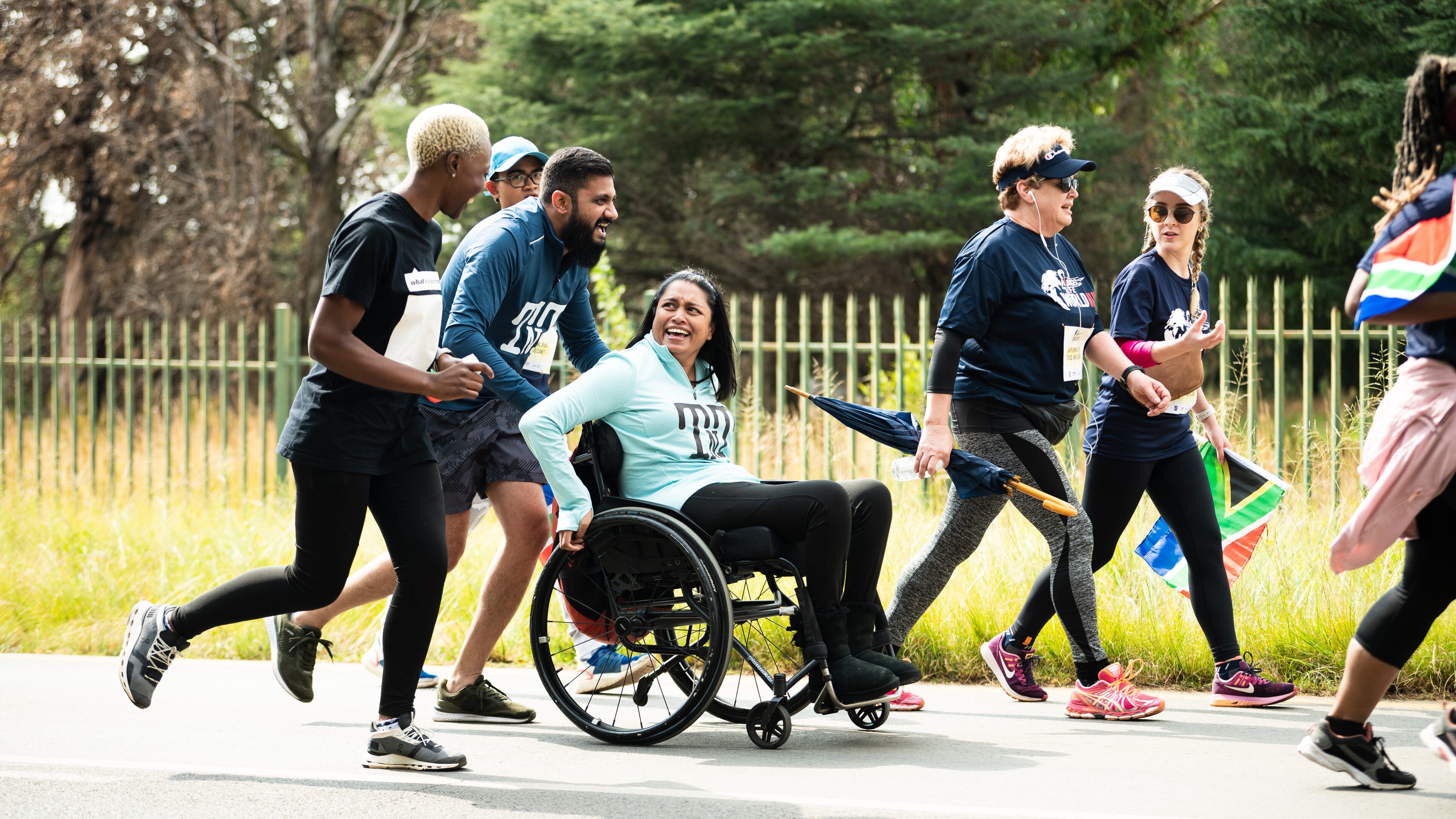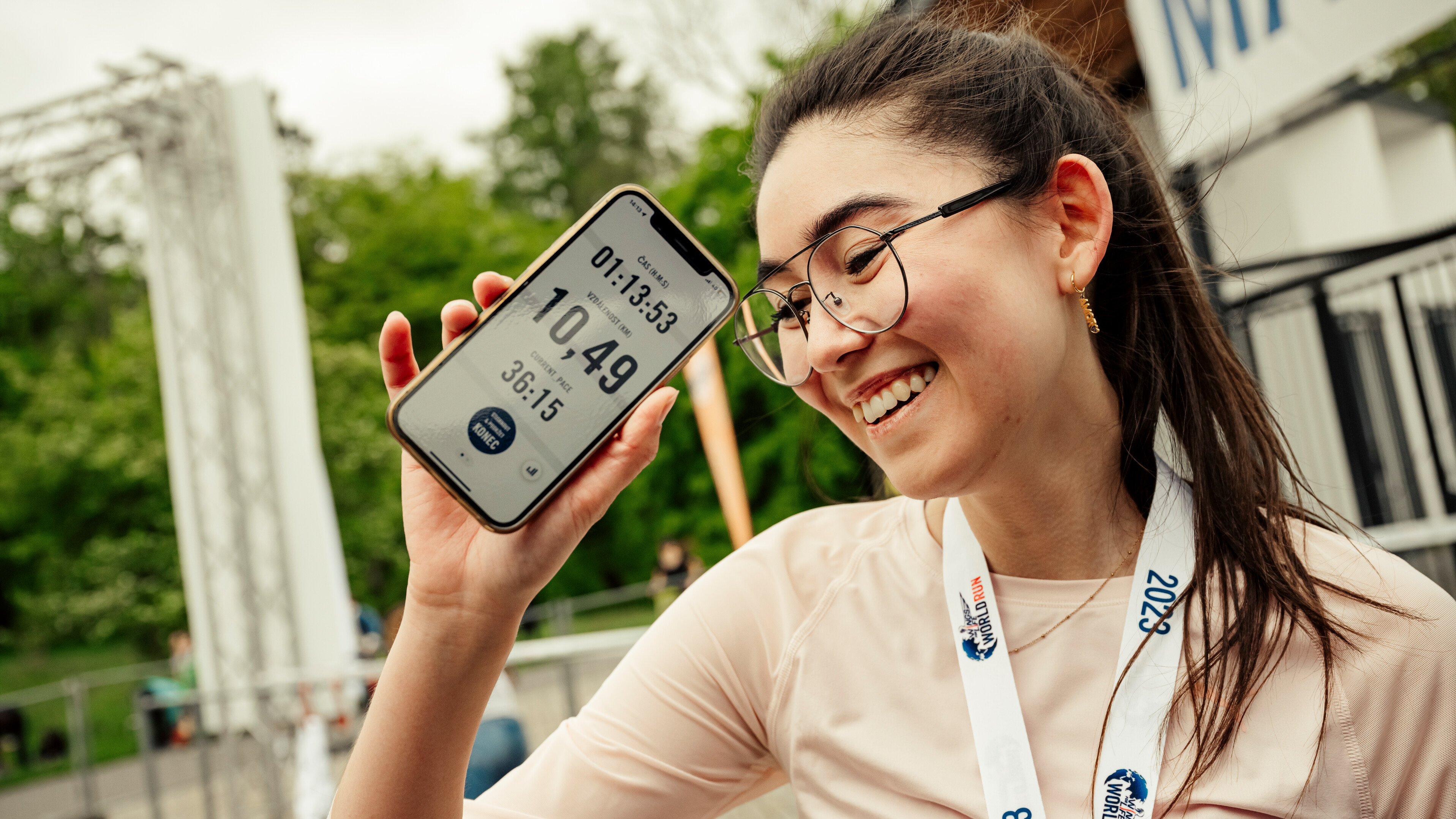What Is The Wings For Life World Run?
Wings For Life is a unique running event that raises money for spinal cord injury research

The Wings For Life World Run is one of the biggest running events of the year. In 2023 more than 200,000 people took part. It’s also one of the most unusual events because you can run it anywhere in the world—and you may have little idea how far you’ll run when you start.
With tickets for the 2024 event now on sale, here’s everything you need to know about the Wings For Life World Run.
What is the Wings For Life World Run?
The Wings For Life World Run is a global running event in which participants compete by being chased by a moving finish line, known as the “catcher car”. After giving runners a 30-minute head start, the car starts chasing them down, increasing its speed every 30 minutes until every runner is caught.
There are flagship events and smaller group events at locations across the world, but runners can also take part in the Wings For Life World Run virtually using an app, where they’re chased by a virtual catcher car. This means you can take part wherever you are, with all runners starting at the same time—12pm UTC (Coordinated Universal Time), which is the same time as GMT.

When is The Wings For Life 2024?
The Wings For Life World Run 2024 is on Sunday May 5th. The global race starts at 12am UTC, which is 7am in New York and 9pm in Tokyo, for example.
How fast does the car go in Wings For Life?
After giving runners a 30-minute head start, the catcher car starts chasing at a speed of 14km/h (8.7mph) and gets faster every 30 minutes. At first its speed increases by 1km/h (0.62mph) every 30 minutes, but after 2½ hours the speed increases by more each time.
At 2.30pm UTC, 3½ hours after the race starts, the speed jumps to 22km/h (13.7mph), and every 30 minutes after that the speed rises by 4km/h (2.5mph) until it hits a top speed of 34km/h (21.1mph) at 4pm UTC to reel in any remaining runners.
How far do you run at Wings For Life World Run?
It depends on how fast you are. The average distance covered in 2023 was 11.59km but the male winner, Japan’s Jo Fukuda, ran 69.01km and the female winner, Katarzyna Szkoda from Poland, ran 55.07km.
There is a goal calculator on the Wings For Life World Run site that will help you estimate how far you’ll go because it shows the pace you have to run and how long you have to hit a certain distance before the car reaches it.
For example, you have 51 minutes to run a 5K, a pace of 10min 17sec/km or 16min 53sec/mile. You have 1hr 12min to run a 10K, and around 1hr 54min for a half marathon. You have 3hr 5min for a marathon, which is a pace of 4min 24sec/km or 7min 6sec/mile.
How do you train for the Wings For Life World Run?
Given that you won’t know how far you’ll run, it can be tricky to devise a training plan for the Wings For Life World Run, though 10K in 1hr 12min is an achievable goal for most people, so a 10K training plan would be a good place to start.
If you have aspirations of hitting a half marathon, we have 12- and 16-week half marathon training plans that can help you target a time of under two hours to stay ahead of the catcher car. If you want to double that distance, check out our marathon training plans, which include a sub-3hr option.
What charity does the Wings For Life World Run raise money for?
Wings For Life is the name of the charity. It funds research into spinal cord injuries, and 100% of all entry fees and donations from the Wings For Life World Run go to the charity.
Is Wings For Life Red Bull?
Red Bull supports the event by covering all the administrative costs of the Wings For Life World Run, ensuring that the entry fees and donations all go to the charity.
Sign up for workout ideas, training advice, reviews of the latest gear and more.

Nick Harris-Fry is a journalist who has been covering health and fitness since 2015. Nick is an avid runner, covering 70-110km a week, which gives him ample opportunity to test a wide range of running shoes and running gear. He is also the chief tester for fitness trackers and running watches, treadmills and exercise bikes, and workout headphones.
